Unlocking Success: The Essential Keys to a Thriving Brand Culture
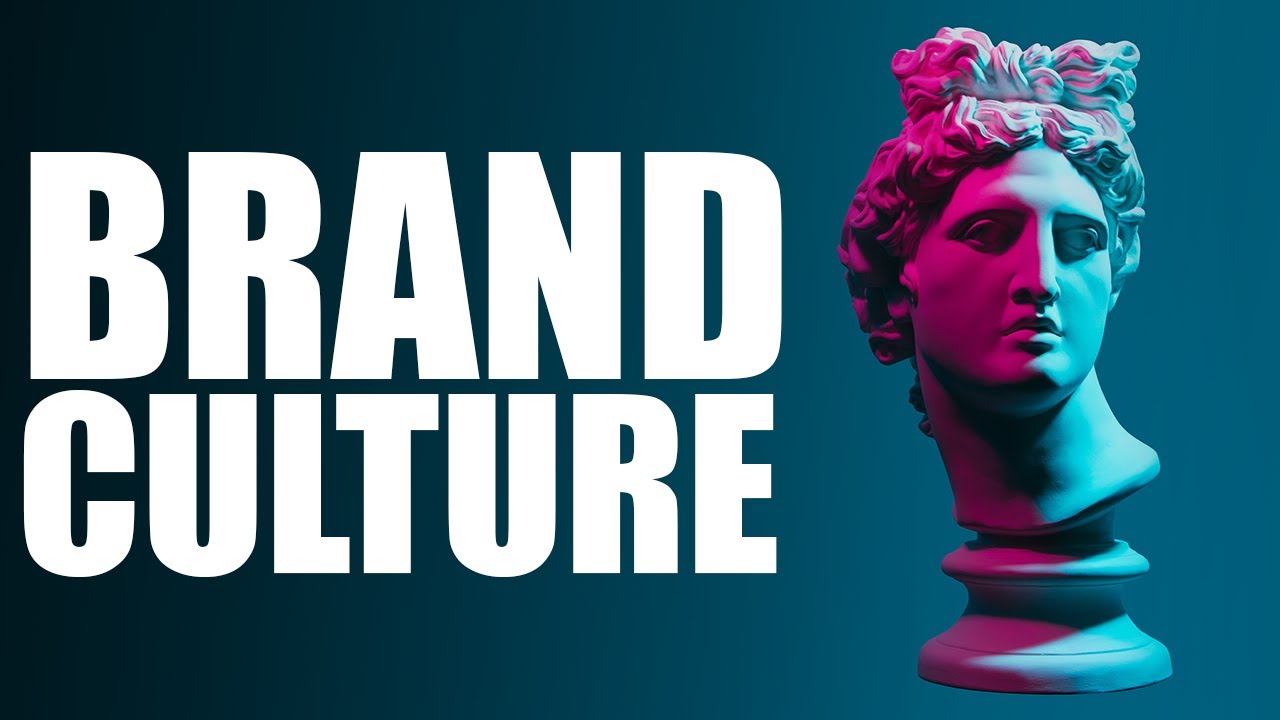
A well-defined culture of organisations will drive long-term success by aligning employee actions with company values
Brand culture is the set of shared values, beliefs, and behaviours that define a brand and guide how employees, customers, and stakeholders experience it. Unlike the brand image, which is the external perception of the brand, brand culture is internal to the organization and shapes its identity from within. A strong brand culture fosters a sense of community and loyalty among employees and customers, creating consistency and alignment between what a company stands for and how it behaves.
Importance of brand culture
- Employee engagement
A well-defined brand culture boosts employee morale and fosters commitment by aligning personal values with those of the company.
Today’s competitive economy makes recruiting and keeping talent difficult. Companies with a clear brand culture attract people who share their values. Employees are more devoted and motivated when they belong to and find significance in their jobs. High employee satisfaction reduces attrition and recruiting expenses and builds a competent and experienced workforce that pushes the firm forward.
- Customer loyalty
A brand culture that employees are proud of tends to translate into high-quality customer experiences, which builds trust and loyalty.
An excellent brand culture boosts consumer loyalty. A company builds trust and credibility by maintaining commitments and prioritizing customer service. When a brand aligns its values with consumer expectations and its staff demonstrates a commitment to creating unique experiences, customer satisfaction and loyalty rise. Feeling appreciated by the brand increases word-of-mouth and brand engagement.
- Consistent brand messaging
When employees understand and embody the brand’s culture, interactions with customers remain consistent, creating a cohesive brand presence.
- Competitive advantage
Companies with a strong brand culture stand out from competitors, attracting talent and customers who resonate with the brand’s identity.
- Improved internal collaboration
Positive brand culture engages consumers and fosters company cooperation and partnerships. Clear ideas influence employee behaviour and unite everyone around a purpose. This alignment promotes community and cooperation, making employee collaboration simpler. Employees who share values collaborate and communicate better, improving job satisfaction and productivity.
- Better brand reputation
A strong brand culture boosts a company’s image. The company’s reputation improves when workers believe in its principles and goals. Customers, partners, and stakeholders trust companies with strong brand cultures, enhancing their brand value and market attractiveness. Such organizations also become attractive employers, drawing talent and consumers. Companies may build a strong reputation and prosper by being loyal to their goal.
Example
Patagonia is renowned for its environmental and social commitment, a core part of its brand culture. Employees are passionate about sustainability, and the company’s dedication to environmental responsibility aligns with its customers, creating a strong, cohesive brand identity.

Keys to building a thriving brand culture
To cultivate a successful brand culture, companies need to focus on these essential elements:
- Define purpose and vision
Companies need a clear purpose and vision that everyone understands and values. This drives both the brand’s strategy and daily behaviour.
- Example: Tesla’s purpose, “to accelerate the world’s transition to sustainable energy,” drives its innovative approach. This resonates with employees and customers who support the mission.

- Establish core values
Core values guide the behaviour of everyone in the organization and shape how employees and customers engage with one another.
- Example: Zappos’ focus on “Delivering WOW Through Service” creates a customer-first culture, emphasizing empathy and excellence.
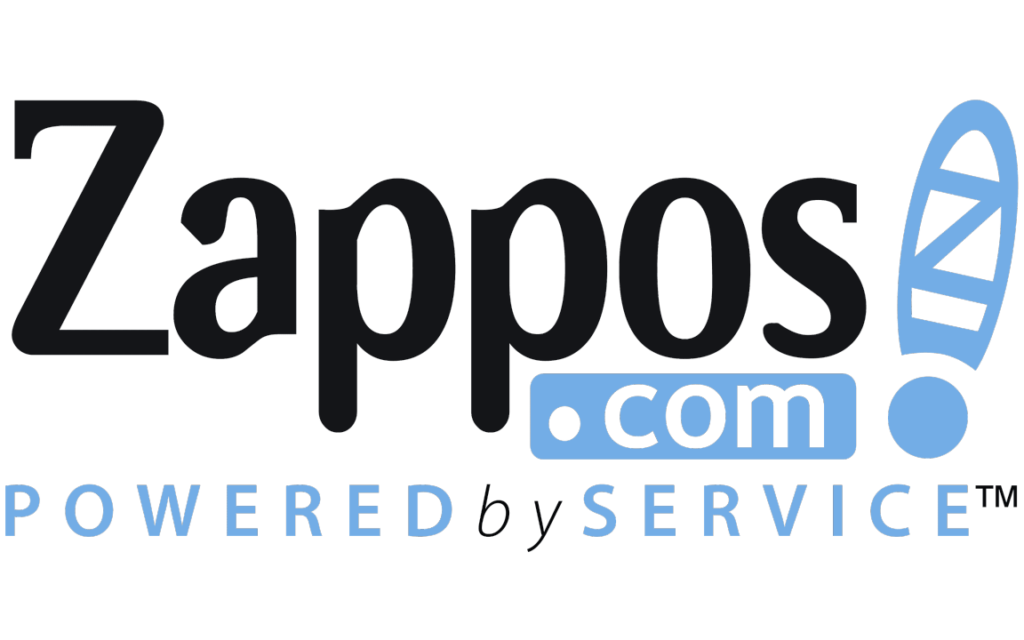
- Articulate and communicate your culture
Once the culture is defined, it’s essential to communicate it effectively throughout the organization. Sharing the brand culture helps employees internalize it, which guides how they interact with customers and colleagues.
- Example: REI is vocal about its culture of adventure and environmental responsibility, which it communicates through regular storytelling, both internally and externally. This consistency attracts both employees and customers who share its love for the outdoors.
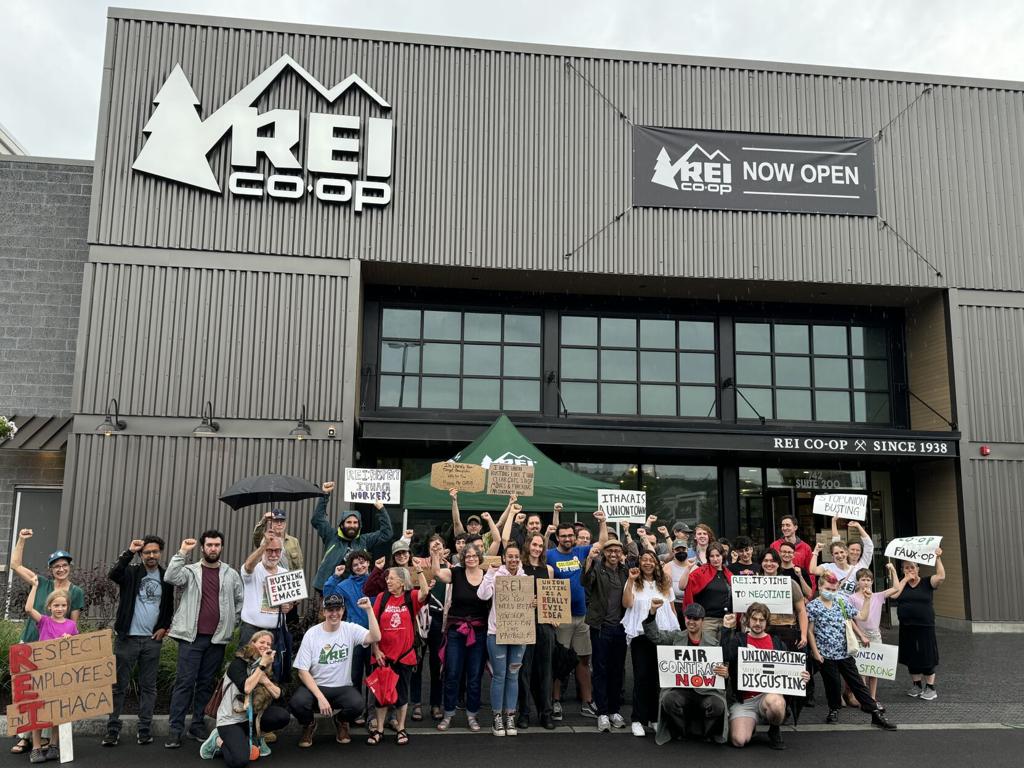
- Hire and train for cultural fit
Recruiting individuals who align with your culture ensures that new hires strengthen the brand rather than dilute it. Training reinforces this alignment, helping employees understand and embody brand values in their roles.
- Example: Trader Joe’s seeks employees who are naturally enthusiastic and friendly, qualities that reinforce its reputation for excellent customer service. Trader Joe’s emphasizes these values in its training, equipping employees to deliver on the promise of a unique shopping experience.

- Lead by example
Leadership must embody the brand’s values and set an example for others. Authentic leadership reinforces brand culture, as actions carry more weight than words.
- Example: Salesforce’s Marc Benioff exemplifies equality and innovation, reinforcing Salesforce’s culture of diversity and social responsibility.
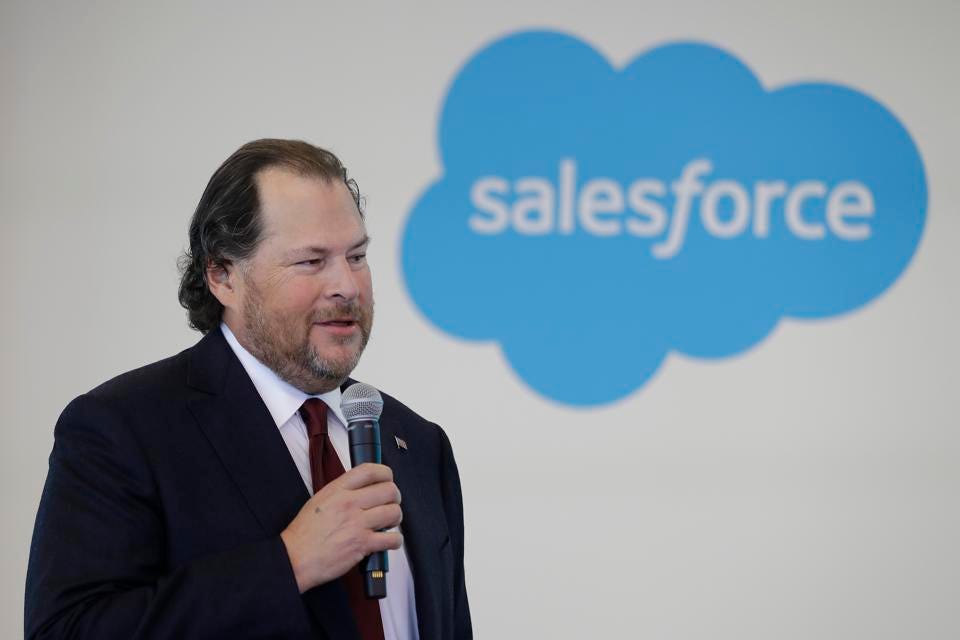
- Empower employees and foster ownership
Empowerment enables employees to act with confidence, knowing that their decisions align with the brand’s values. Encouraging ownership instils a sense of pride and responsibility in maintaining and contributing to the brand culture.
- Example: Netflix gives employees the freedom to make decisions, a policy that has built a culture of accountability and innovation. Netflix trusts its employees to act in the brand’s best interest, fostering creativity and responsibility.
- Create rituals and traditions
Traditions provide an emotional anchor, making culture tangible. Rituals give employees something to look forward to and reinforce a sense of belonging and pride in the brand.
- Example: LinkedIn’s “InDay” tradition gives employees one day a month to focus on personal growth or volunteerism. This tradition aligns with LinkedIn’s mission of creating economic opportunity and reinforcing a culture of growth and contribution.
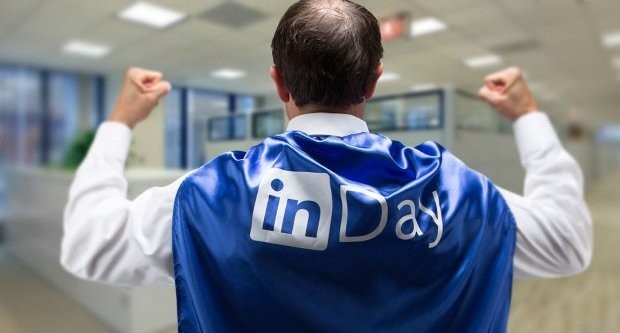
- Foster open communication and listen to feedback
Establishing a feedback loop where employees feel heard creates a culture of trust and engagement. Regular communication about company goals, changes, and employee contributions helps maintain transparency and unity.
- Example: HubSpot regularly collects employee feedback and acts on it, creating a culture of inclusivity and continuous improvement. Employees feel valued and are more likely to contribute positively to the brand culture.
- Identify and reward cultural champions
Identifying employees who embody brand values is crucial. This recognition motivates others and reinforces the behaviours and attitudes that shape the brand’s culture.
- Example: Southwest Airlines celebrates employees who exemplify teamwork and customer service, reinforcing a culture of positivity and loyalty. This creates a cycle where employees feel valued, motivating others to live up to the brand’s standards.
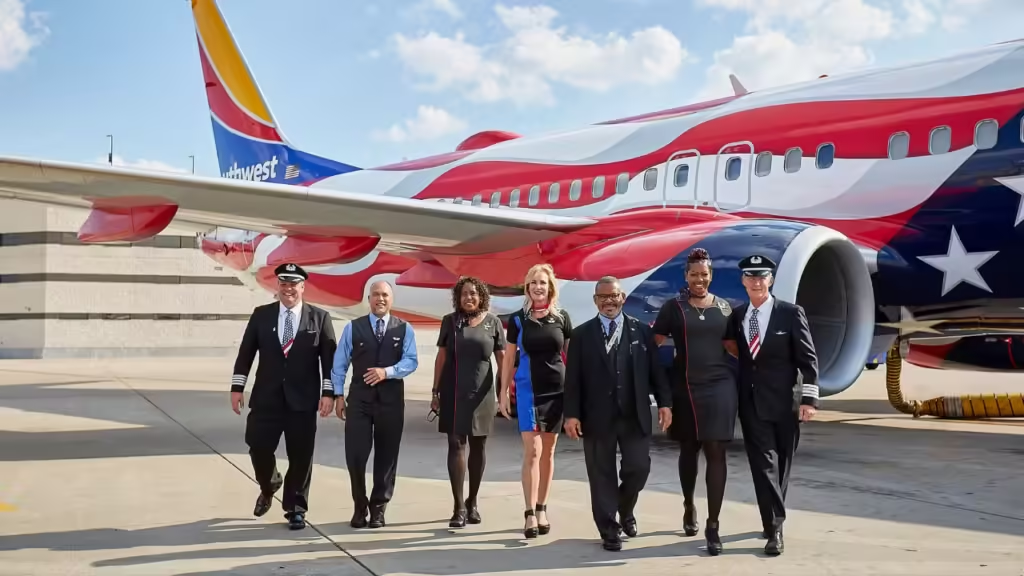
- Adapt and evolve culture as you grow
Culture should remain flexible and open to improvement. As the brand grows, adapting the culture ensures it stays relevant and inclusive while maintaining core values.
- Example: Slack grew its brand culture with an emphasis on collaboration and innovation. As it expanded, it adapted by creating formal channels to ensure culture alignment across teams. This approach keeps Slack’s collaborative spirit alive even as the company scales.
Conclusion
Building a thriving brand culture is a powerful way to foster employee engagement, loyalty, and a consistent brand image. Brands like Patagonia, Ben & Jerry’s, and Trader Joe’s show that a well-defined culture drives long-term success by aligning employee actions with company values. A workplace can transform into a community of brand advocates, motivated to contribute to shared goals, by starting with a clear purpose, hiring for fit, and celebrating cultural alignment. By taking these steps, brands can establish a strong, evolving culture that resonates with employees and customers alike, creating a lasting impact.




1 Comment